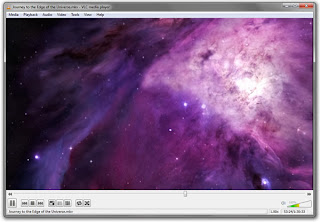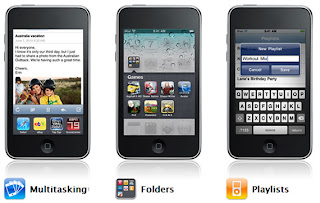
In a peculiar attempt to dismiss claims made by Nvidia, Intel yesterday argued that its CPU technology is only 14 times slower than the graphics company's GPUs. The unusual admission comes as the Santa Clara-based chipmaker looks to downplay Nvidia's claims that its GPUs outperform the conventional Intel processor by a factor of 100.
In a paper titled "Debunking the 100x GPU vs CPU Myth," Intel suggests that application kernels run up to 14 times faster in certain circumstances on an Nvidia GeForce GTX 280 than an Intel Core i7-960. On average, Intel says that number is more along the lines of 2.5 times faster. Naturally, Nvidia quickly published a rebuttal of its own.
In a blog post, spokesman Andy Keane pointed out that Intel used Nvidia's last-generation GPU, as opposed to Fermi. Keane also notes that Intel presumably ran unoptimized codes on the GTX 280, and it's not even clear how they were compared between the GPU and CPU.
The Nvidia staffer went on to acknowledge that not all applications run 100 times quicker on GPUs, but he cited many developers who have achieved that kind of performance, and more. At least seven organizations cite speed-ups of over 100x, and one claims 300x.
















